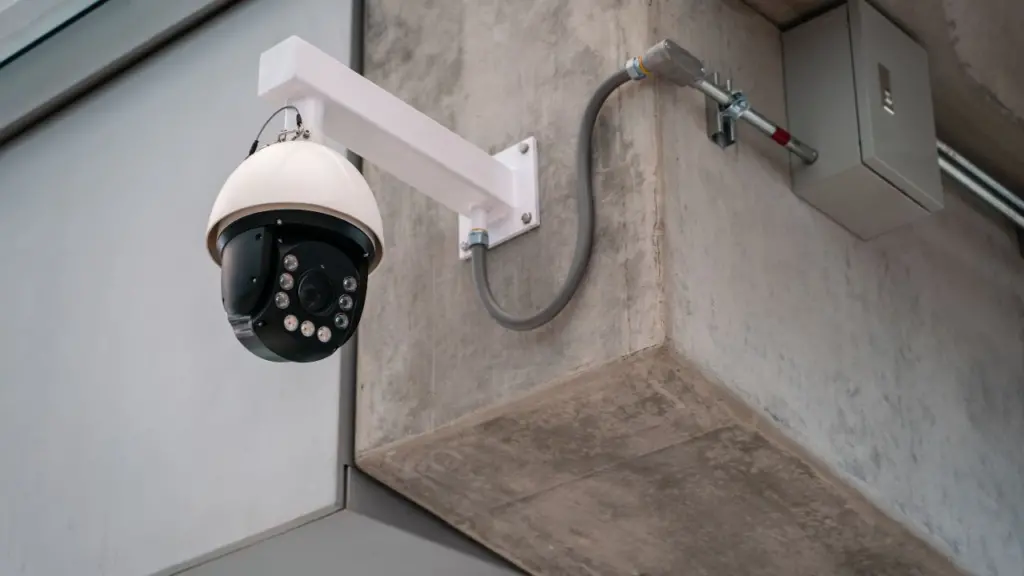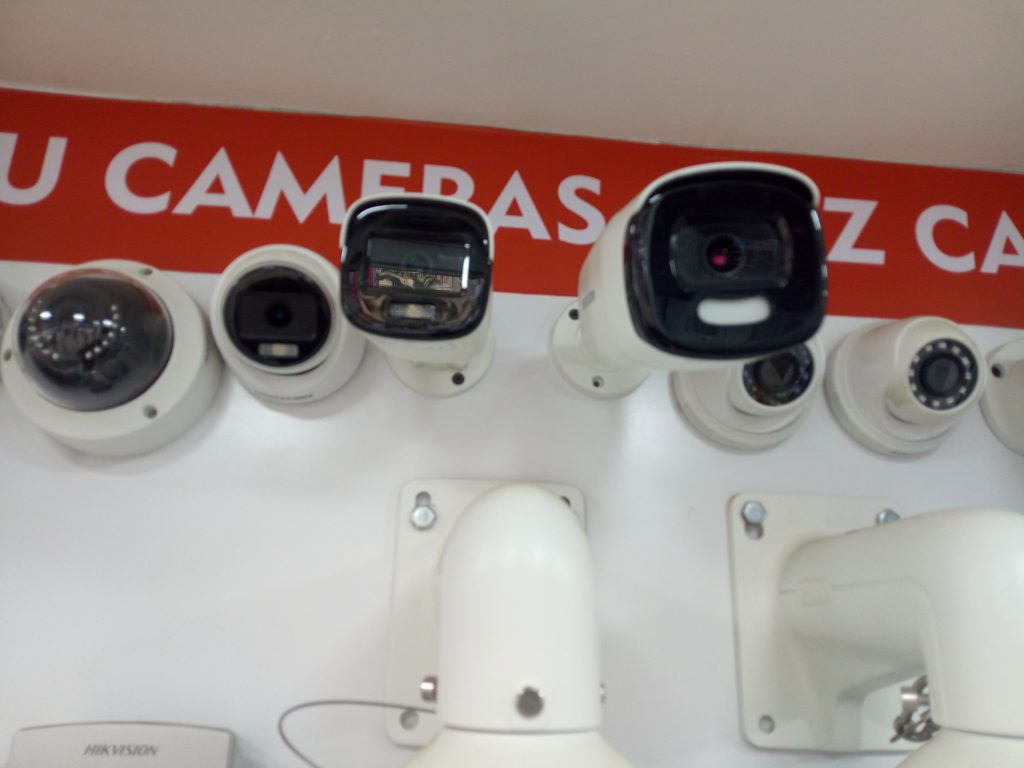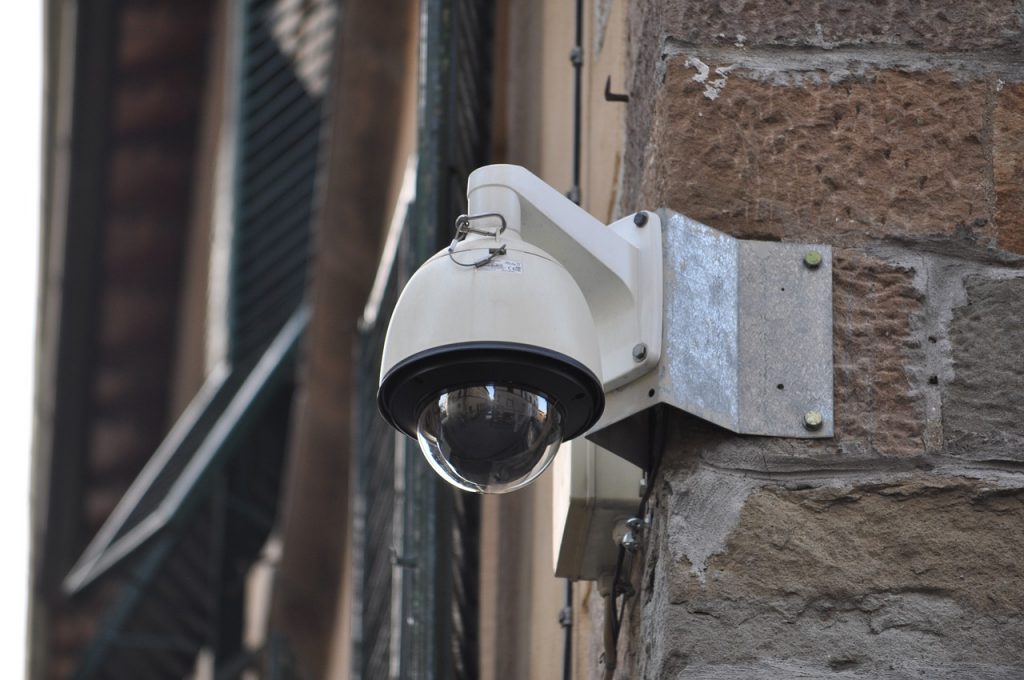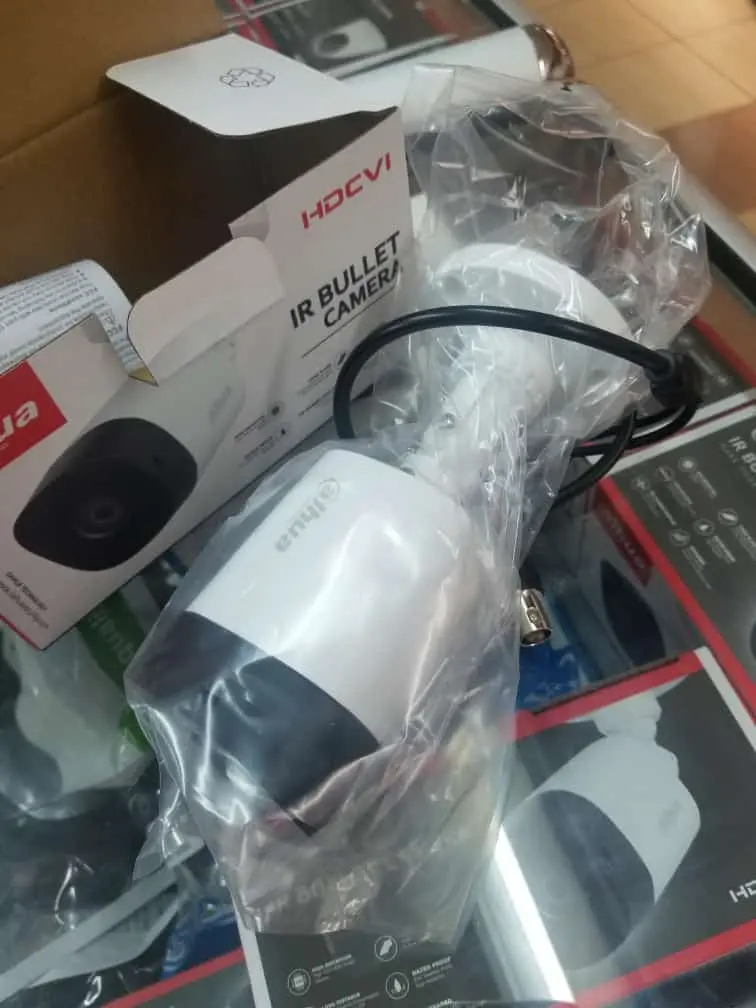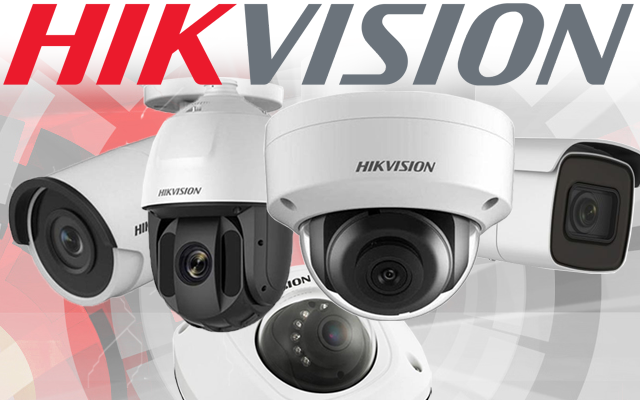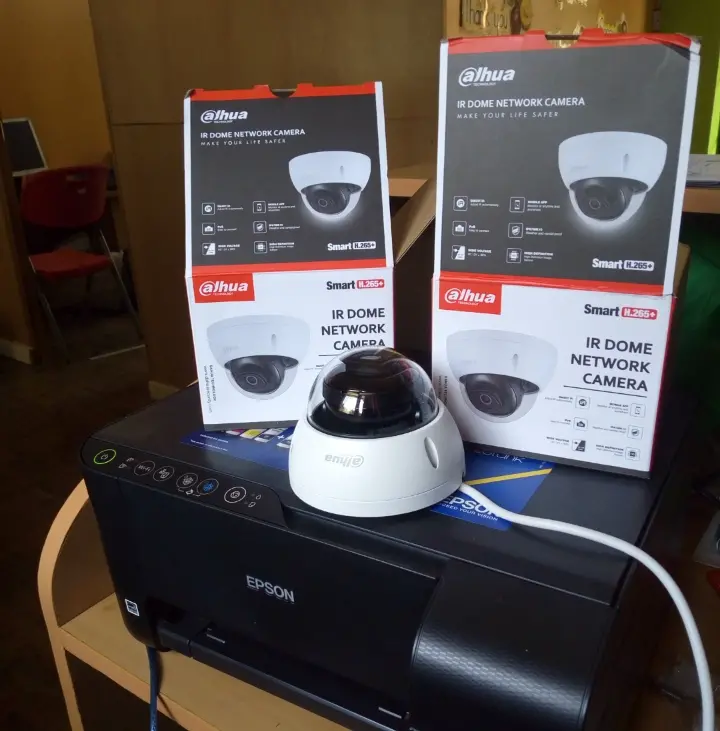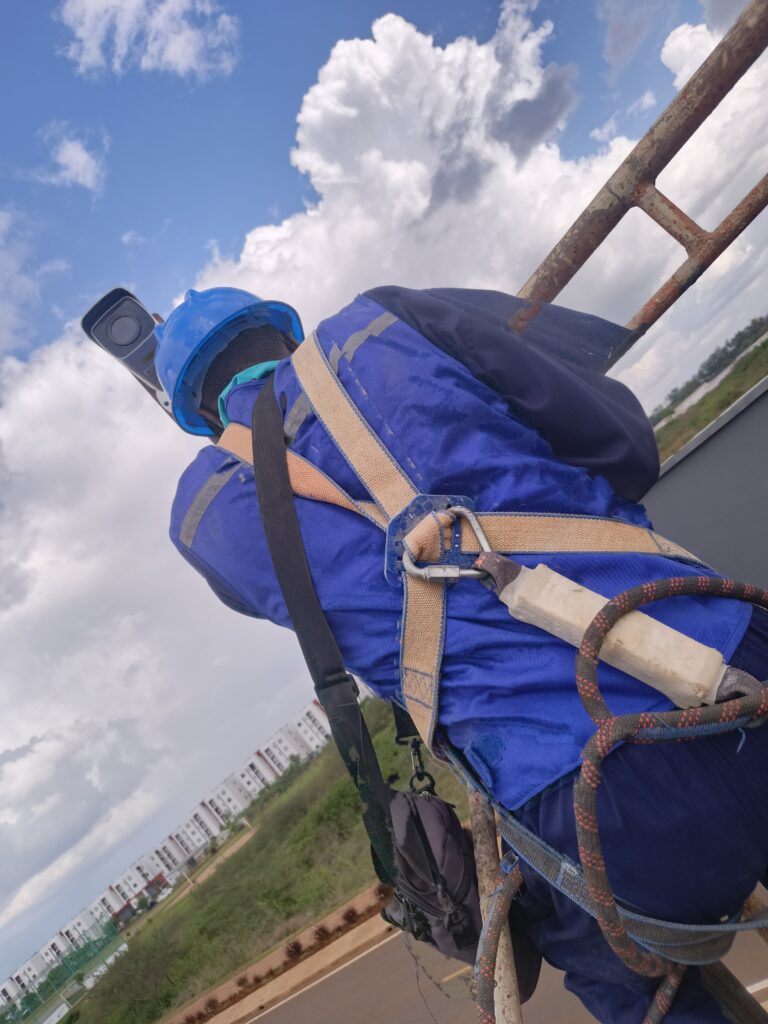CCTV Security Cameras With Audio Capabilities. A CCTV camera with voice recording capability adds an extra dimension to traditional video surveillance systems by incorporating audio monitoring into its features. This type of camera not only captures visual information but also records sounds within its vicinity, providing a more comprehensive understanding of events and activities in the monitored area.

How CCTV Security Cameras With Audio Capabilities Works
A CCTV camera with voice or audio recording capability typically includes a built-in microphone or an external audio input for connecting an external microphone. When activated, the microphone captures sounds within its range and records them along with the video footage. The audio data is then synchronized with the corresponding video feed, creating a unified record of both visual and auditory information.
Applications
The integration of voice recording enhances the utility of CCTV cameras in various settings:
- Security: In security applications, audio recording can provide additional context to visual evidence, helping to identify individuals or understand the nature of an incident more accurately. For example, it can capture conversations between intruders, providing valuable clues for law enforcement.
- Surveillance: In retail environments, audio recording can help monitor customer interactions and detect incidents of theft or fraud. It can also serve as a tool for assessing customer service quality and training purposes.
- Safety: In public spaces such as transportation hubs or parks, audio recording can aid in crowd management and emergency response. It can capture important announcements, identify potential hazards, and provide evidence in case of accidents or disputes.
- Home Monitoring: For residential use, CCTV cameras with voice recording can enhance home security by capturing not only visual evidence of intrusions but also audio cues such as breaking glass or unusual sounds, alerting homeowners to potential threats.
Considerations and Privacy Concerns
While the addition of voice recording capability offers benefits in terms of security and situational awareness, it also raises privacy considerations. The use of audio recording must comply with legal regulations governing surveillance and privacy in the relevant jurisdiction. It’s essential to inform individuals within the monitored area that audio recording is taking place and to obtain consent where necessary.
Additionally, careful consideration should be given to the placement of cameras with voice recording capability to avoid inadvertently capturing private conversations or sensitive information. Cameras should be positioned in public areas where individuals have a reduced expectation of privacy, and efforts should be made to minimize the recording of incidental conversations.
Conclusion
Incorporating voice recording capability into CCTV cameras adds a valuable layer of information to video surveillance systems, enhancing their effectiveness in security, surveillance, and safety applications. By capturing both visual and auditory data, these cameras provide a more comprehensive record of events, enabling better analysis, investigation, and response to incidents. However, it’s essential to balance the benefits of audio recording with privacy considerations and regulatory compliance to ensure ethical and responsible use.

